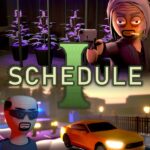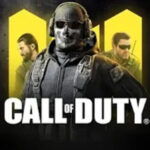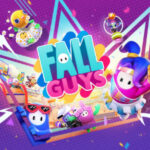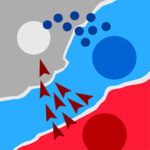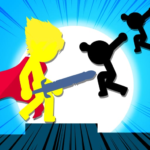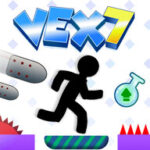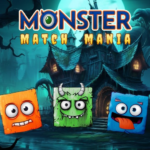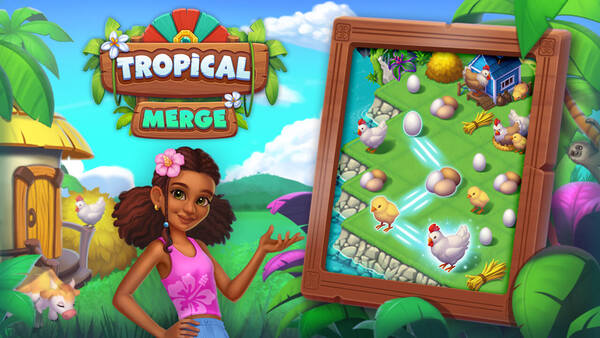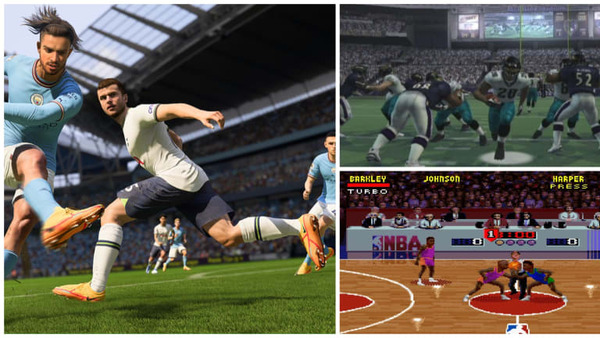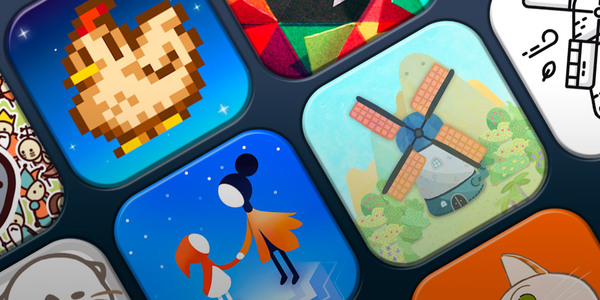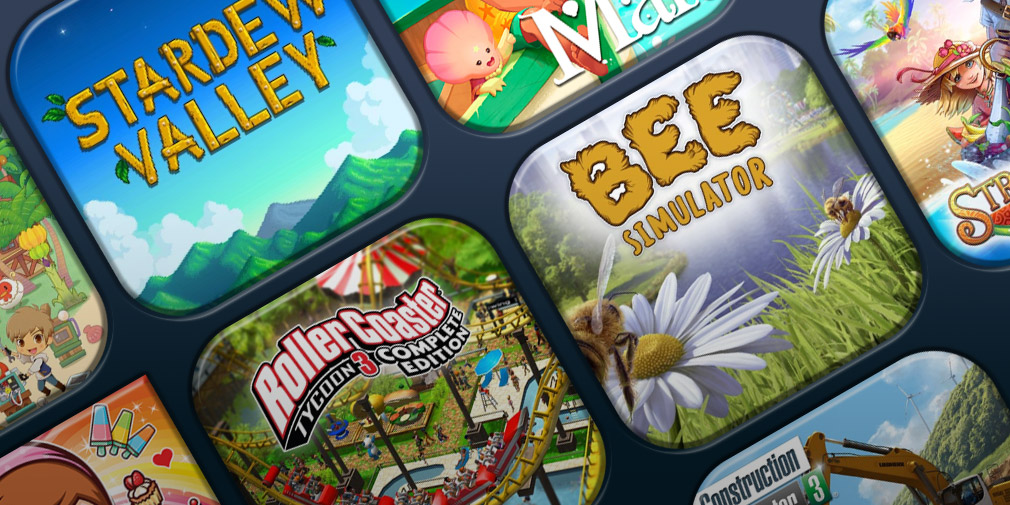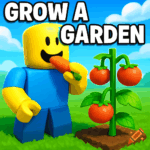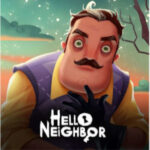Minecraft: A Comprehensive Expert Guide to the Block-Building Phenomenon
Minecraft is one of the most iconic sandbox games ever created, with a legacy that has influenced the gaming industry and culture worldwide. Since its release, Minecraft has evolved from a simple indie project into a multi-platform sensation with endless possibilities. This article delves into Minecraft’s history, gameplay mechanics, updates, community, and educational impact — offering a thorough understanding for both new and veteran players.
The Origins of Minecraft: How It All Began
Minecraft was initially developed by Markus Persson, known as Notch, in 2009. Inspired by earlier sandbox games, Notch aimed to create a world where players could construct anything using block-like elements.
Early development focused on core features such as crafting and exploration, with alpha versions released to the public to gather feedback. Minecraft quickly gained attention due to its unique block-based aesthetic and open-ended gameplay.
By 2011, Minecraft had reached its full release, with Mojang Studios (founded by Notch) supporting continuous development. The community’s enthusiasm played a significant role in shaping the game’s future, through forums, feedback, and mods.
Core Mechanics: Survival and Creativity
At the heart of Minecraft are two primary gameplay modes that cater to different styles:
Survival Mode challenges players to gather resources, manage health and hunger, and defend against hostile mobs such as zombies and creepers. This mode emphasizes strategy, resource management, and exploration.
Creative Mode removes survival constraints, providing unlimited access to all blocks and tools. Players can freely construct elaborate structures, redstone contraptions, and artistic designs without limitations.
Additional modes include Adventure, tailored for custom maps with specific objectives, and Spectator, allowing players to observe without interacting.
Crafting and Resource Gathering
Crafting in Minecraft is essential. Players collect raw materials such as wood, stone, and ores, then combine them to create tools, weapons, and building materials. The crafting table expands the recipe list, enabling complex creations like furnaces, enchantment tables, and redstone circuits.
Resource gathering involves exploring various biomes to find specific materials, from diamonds deep underground to plants and animals on the surface. This interplay of exploration and crafting forms the game’s core loop.
Major Updates and Their Impact on Minecraft
Minecraft’s continuous updates have been key to its longevity. Some pivotal updates include:
-
The Redstone Update (2013): Introduced sophisticated redstone components that allow players to build complex electrical circuits and mechanisms.
-
The Combat Update (2016): Reworked combat mechanics to add depth and balance, including cooldowns and weapon variety.
-
The Nether Update (2020): Expanded the Nether dimension with new biomes, mobs, and resources, making it more vibrant and dangerous.
-
The Caves & Cliffs Update (2021-2022): Enhanced terrain generation, adding large cave systems and mountain biomes, enriching exploration opportunities.
Each update adds fresh content, improving gameplay and encouraging community creativity through new challenges and possibilities.
Exploring Minecraft Worlds: Biomes and Dimensions
Minecraft features an expansive world made up of diverse biomes, each with unique environments, resources, and mobs.
The Overworld
The main world where players start, the Overworld includes forests, deserts, oceans, plains, jungles, and more. These biomes offer various blocks and animals necessary for survival and crafting.
The Nether
A fiery, perilous dimension accessed via portals, the Nether is home to rare materials such as Nether quartz and ancient debris. It’s crucial for progression, offering unique challenges and resources.
The End
The final dimension featuring the Ender Dragon boss fight, The End also contains End Cities and valuable loot such as Elytra wings, allowing players to glide.
Exploration across these dimensions is a core motivator, with rewards for players willing to face danger and delve deep.
Multiplayer and Community: Social Features of Minecraft
Minecraft’s multiplayer experience fosters cooperation and competition.
Players can join servers or realms to collaborate on building projects, participate in mini-games, or engage in player-versus-player (PvP) combat. Server types range from survival-focused communities to creative hubs and role-playing servers.
Social Interaction and Moderation
Communities thrive through teamwork, events, and shared creativity but require effective moderation to prevent griefing and toxic behavior. Many servers employ staff and automated tools to maintain a positive environment.
Cross-platform connectivity allows players on different devices to interact, broadening social opportunities.
Redstone and Automation: Minecraft’s Technical Depth
Redstone is Minecraft’s version of electricity and logic gates, enabling players to build complex machinery.
Common Redstone Contraptions
-
Automatic doors and traps
-
Item sorters and storage systems
-
Mob farms and experience grinders
-
Mini-games and puzzles
Learning redstone mechanics adds a layer of engineering to Minecraft, appealing to players interested in problem-solving and automation.
Minecraft Mods and Customizations: Expanding the Game
Mods (modifications) are community-created add-ons that can transform Minecraft.
Popular mods introduce new creatures, dimensions, gameplay mechanics, or graphical improvements. Some well-known mod packs focus on technology, magic, or exploration enhancements.
Installation and Usage
Modding requires some technical skill, such as installing third-party launchers or managing game files, but offers tremendous flexibility for personalized experiences.
In addition to mods, resource packs change textures and sounds, and skins alter player appearance.
Minecraft in Education: Learning Through Creativity
Minecraft’s educational applications have grown significantly.
Skills Developed
-
Spatial reasoning and geometry through building
-
Basic programming via redstone and command blocks
-
Teamwork and communication in group projects
-
Environmental awareness through biomes and ecosystems
Minecraft: Education Edition offers curated lesson plans and tools for classroom use, making learning engaging and interactive.
Conclusion: Why Minecraft Remains a Gaming Legend
Minecraft’s enduring success stems from its unique combination of simplicity and depth. It appeals to creative minds and adventurers alike, offering a sandbox with limitless possibilities.
Through continuous updates, a passionate community, and educational initiatives, Minecraft continues to evolve and inspire. Whether constructing monumental structures, engineering intricate devices, or exploring vast worlds, Minecraft’s blocky universe invites everyone to imagine, create, and discover.

